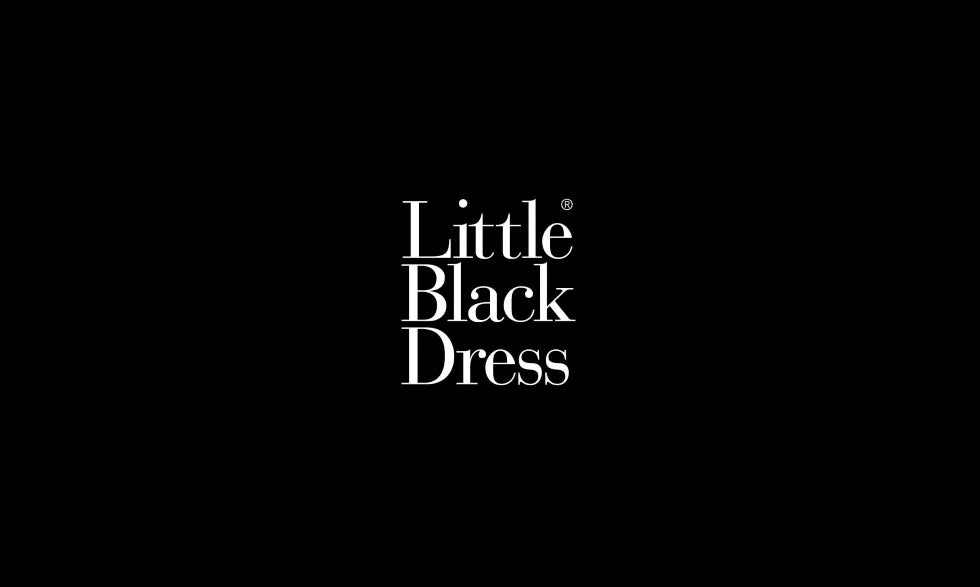
The evolution of the little black dress
This week we've been asking you who your ultimate LBD icons are. If you haven't told us whose LBD style you've loved the most over the years yet, click here to vote and you could win £100! A style for almost 100 years, we wanted to share with you the evolution of the much-coveted dress style.
Here Team LBD explores how this classic piece has been reworked and restyled throughout history and why it has remained in our wardrobes (and our hearts!) for so long.
 Before Chanel deemed the LBD the must-have garment of the century, the idea of wearing black had a very different meaning. Generally worn for mourning, the colour black represented sadness and despair. In the 19th century, John Singer Sargent caused a public outcry when he painted the mysterious ‘Madame X'. His image was of a woman wearing a sultry, fitted, black evening dress and caused controversy as many people had never seen the colour worn outside of mourning; although we wouldn't bat an eyelid if we saw this same black dress on the cover of Vogue today…oh how times have changed.
Before Chanel deemed the LBD the must-have garment of the century, the idea of wearing black had a very different meaning. Generally worn for mourning, the colour black represented sadness and despair. In the 19th century, John Singer Sargent caused a public outcry when he painted the mysterious ‘Madame X'. His image was of a woman wearing a sultry, fitted, black evening dress and caused controversy as many people had never seen the colour worn outside of mourning; although we wouldn't bat an eyelid if we saw this same black dress on the cover of Vogue today…oh how times have changed.
 Before Chanel deemed the LBD the must-have garment of the century, the idea of wearing black had a very different meaning. Generally worn for mourning, the colour black represented sadness and despair. In the 19th century, John Singer Sargent caused a public outcry when he painted the mysterious ‘Madame X'. His image was of a woman wearing a sultry, fitted, black evening dress and caused controversy as many people had never seen the colour worn outside of mourning; although we wouldn't bat an eyelid if we saw this same black dress on the cover of Vogue today…oh how times have changed.
Before Chanel deemed the LBD the must-have garment of the century, the idea of wearing black had a very different meaning. Generally worn for mourning, the colour black represented sadness and despair. In the 19th century, John Singer Sargent caused a public outcry when he painted the mysterious ‘Madame X'. His image was of a woman wearing a sultry, fitted, black evening dress and caused controversy as many people had never seen the colour worn outside of mourning; although we wouldn't bat an eyelid if we saw this same black dress on the cover of Vogue today…oh how times have changed.








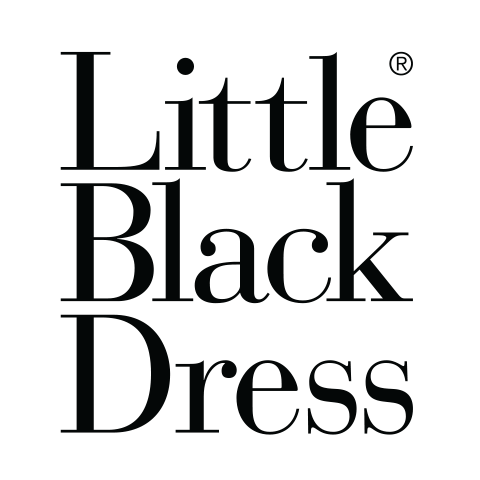
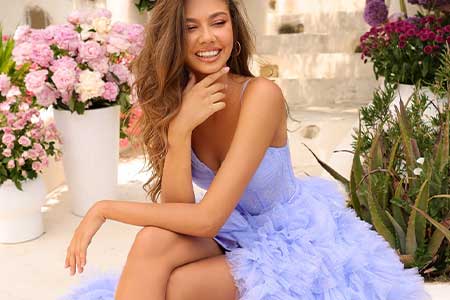
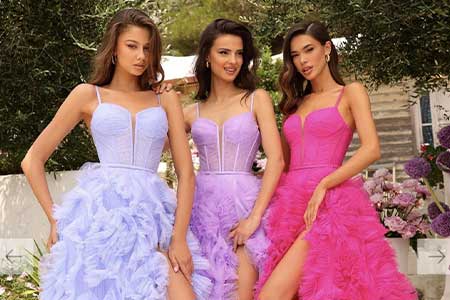
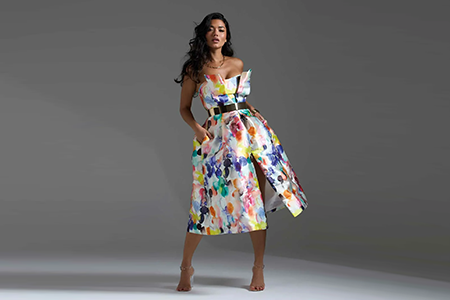
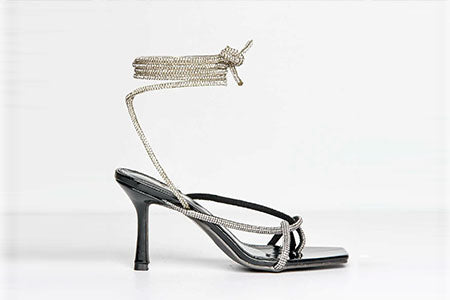
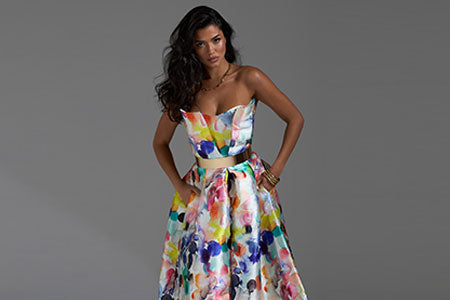
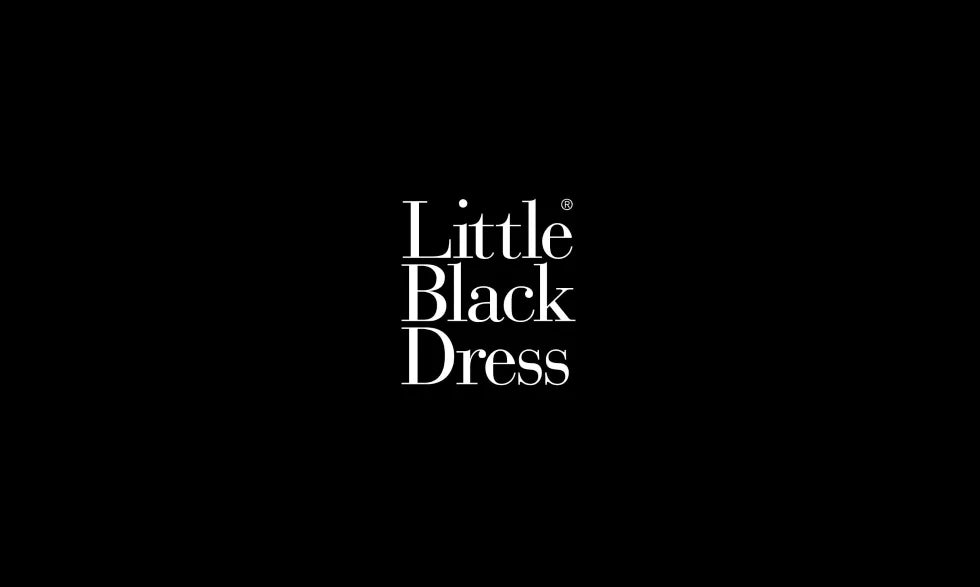
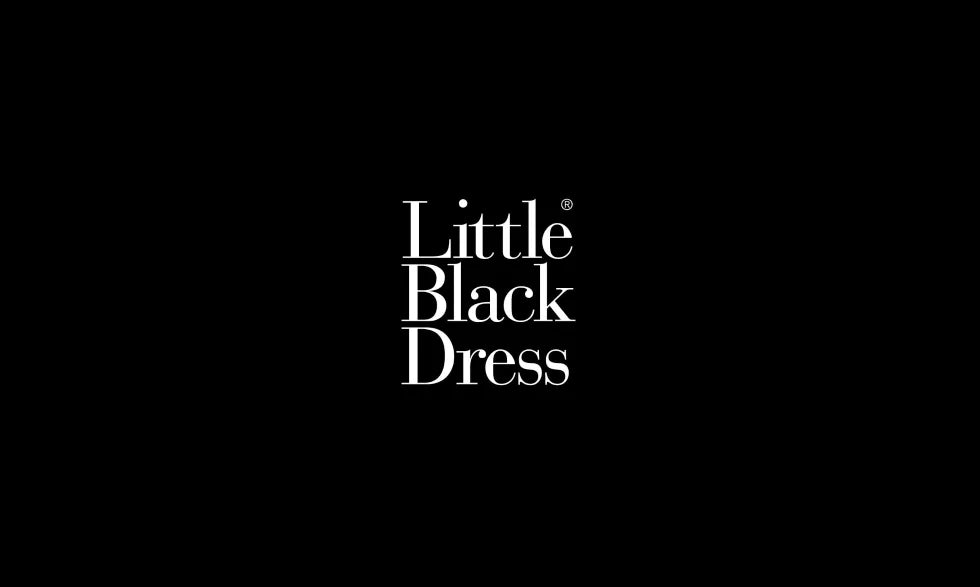
Leave a comment
This site is protected by hCaptcha and the hCaptcha Privacy Policy and Terms of Service apply.